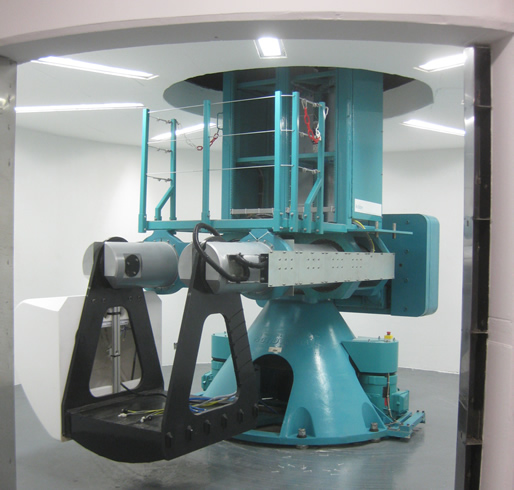Reliable Results at 150G Using QuantumX for Data Acquisition in a Geotechnical Centrifuge
Safe ground under our feet -- this is what we all want. However, soilis composed of many different components, and the highly dynamic processes that can occur within the soil can destabilize buildings and infrastructure facilities in a very dangerous way.
Geotechnical centrifuges facilitate realistic modeling of the complex relationships of stress and strain processes under load in the soil. However, reliably measured data acquisition is just as important as the centrifuge itself. For this reason, engineers at Pretoria University trust HBM's QuantumX data acquisition system in combination with their state-of-the-art geotechnical centrifuge.
Building the ultra-modern "Gautrain" railroad line linking the South African metropolises of Pretoria and Johannesburg, engineers faced a big problem. In the south of Pretoria, the train's route was to cross a karst landscape characterized by dolomite bedrock prone to the formation of sinkholes. To safely build a viaduct on this subsoil, complex full-scale surcharge experiments had to be carried out involving the assembly of over 1,000 heavy concrete blocks weighing ten tons each in order to explore the stiffness of the ground above potential sinkholes.
